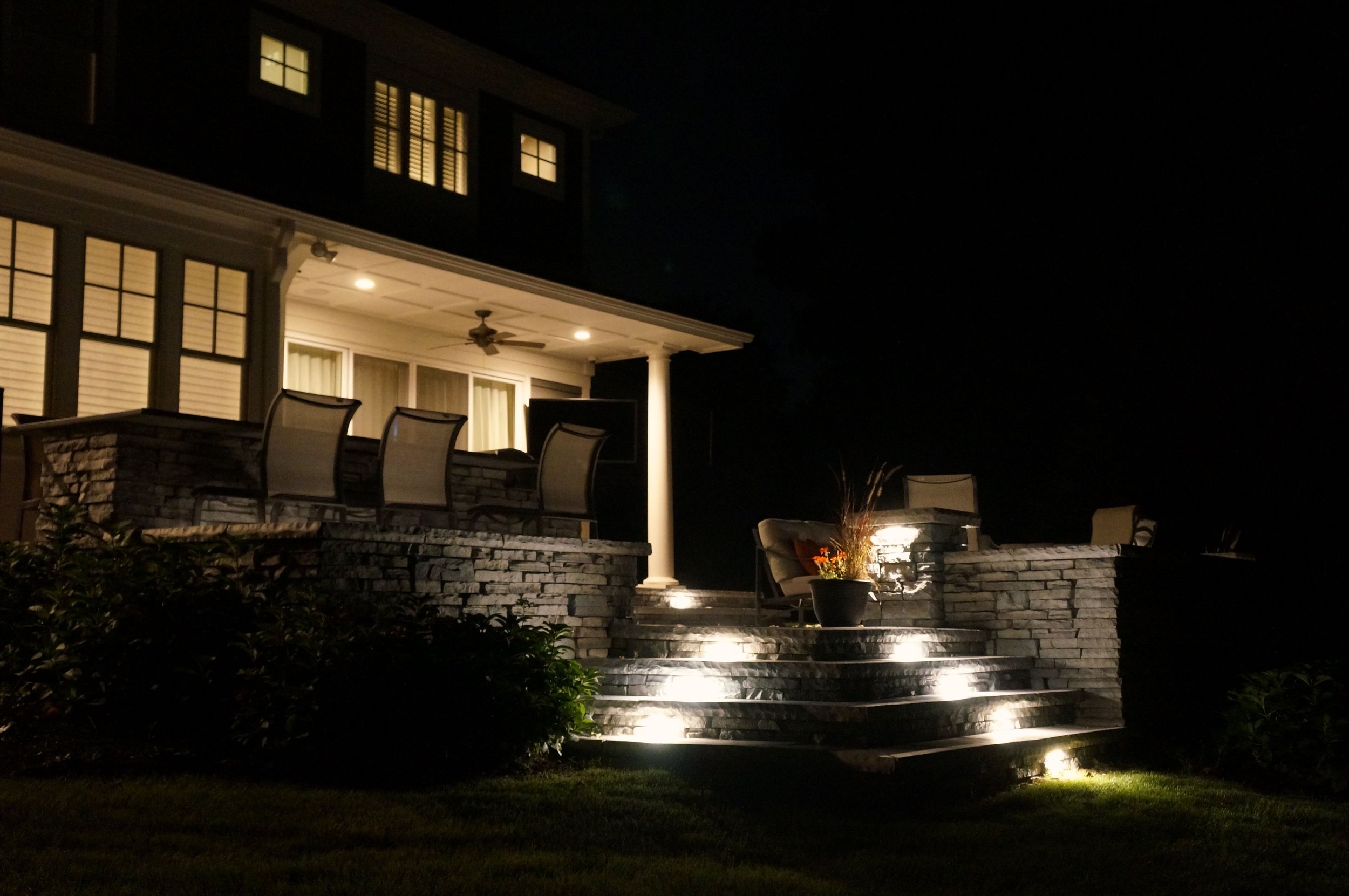Here’s Why Outdoor Lighting Should Not Be an Afterthought in Your Landscape Design in the Hinsdale, IL, Area
Outdoor lighting can define the look and feel of your landscaping, but you may overlook this aspect of your landscape during the early stages of a landscape design project. To avoid feeling any pressure in choosing an outdoor lighting scheme, you could make a point early on to consider what your landscape will look like during both the day and night. Here are some tips to ensure that your outdoor lighting is incorporated into your landscape design from the beginning of your project in the Hinsdale, IL, area.
Related: 10 Creative Outdoor Lighting Ideas to Light Up Your Driveway in Hinsdale, IL
1. Think Holistically
Think holistically about your property and your vision for the kind of landscape design you want. Spend some time walking around your property. Take an inventory of places and areas where you may want shrubs or plantings, walkways, walled areas, a patio with a table and chairs, a pergola, or maybe an outdoor kitchen. Consider uses for your outdoor space and landscape design. For example, do you envision having mostly family and close friends over, or can you see yourself having larger gatherings or parties as well? Once you’ve given some initial thought to your landscape design wish list, consider bringing in a good contractor to think through your vision further with a budget in the mix.
As you and your landscape contractor discuss the broad outlines of what you’re looking for, make sure and bring up the issue of outdoor lighting. On your own as well as with your contractor, take another tour of your property during both the daytime and at night as well and see where light might be helpful, add beauty, or both. Certain areas are logical places to start as you consider lighting needs—areas like walkways, driveways, garage doors and windows. But also consider steps, porches, walls, trees, and more.
2. Determine Light Output Needs
Ideally, your landscape contractor will help you think through the amount of light required for various tasks like pathway lighting, driveway lighting and yard lighting. Outdoor lighting can significantly change the appearance of a property, so it pays to get input from your contractor early on.
3. Select Appropriate Bulbs for Different Applications
Choosing the right bulbs type depends on the location of the fixture, its intended purpose, and the style of the home. For example, motion sensors and LED floodlights typically use higher wattage bulbs than porch lamps, which generally operate on 20 watts or less. Also consider the size of the area being illuminated. Larger outdoor spaces require larger fixtures and stronger bulbs.
4. Adjust Lighting Levels Wisely
Many outdoor lighting systems come equipped with dimmers, but these aren't necessarily adjustable. You will want to know about these options upfront in addition to any control you may have from a smartphone app.
5. Coordinate Lights with Other Home Elements
In addition to illuminating your landscaping, outdoor lighting also functions to highlight architectural elements like fences, gates and walls. Use your existing lighting system to serve as a guide for placing additional lighting fixtures, ensuring that everything matches up aesthetically.
Related: 5 Areas of Your Outdoor Kitchen Where Outdoor Lighting Is Needed in Naperville, IL

